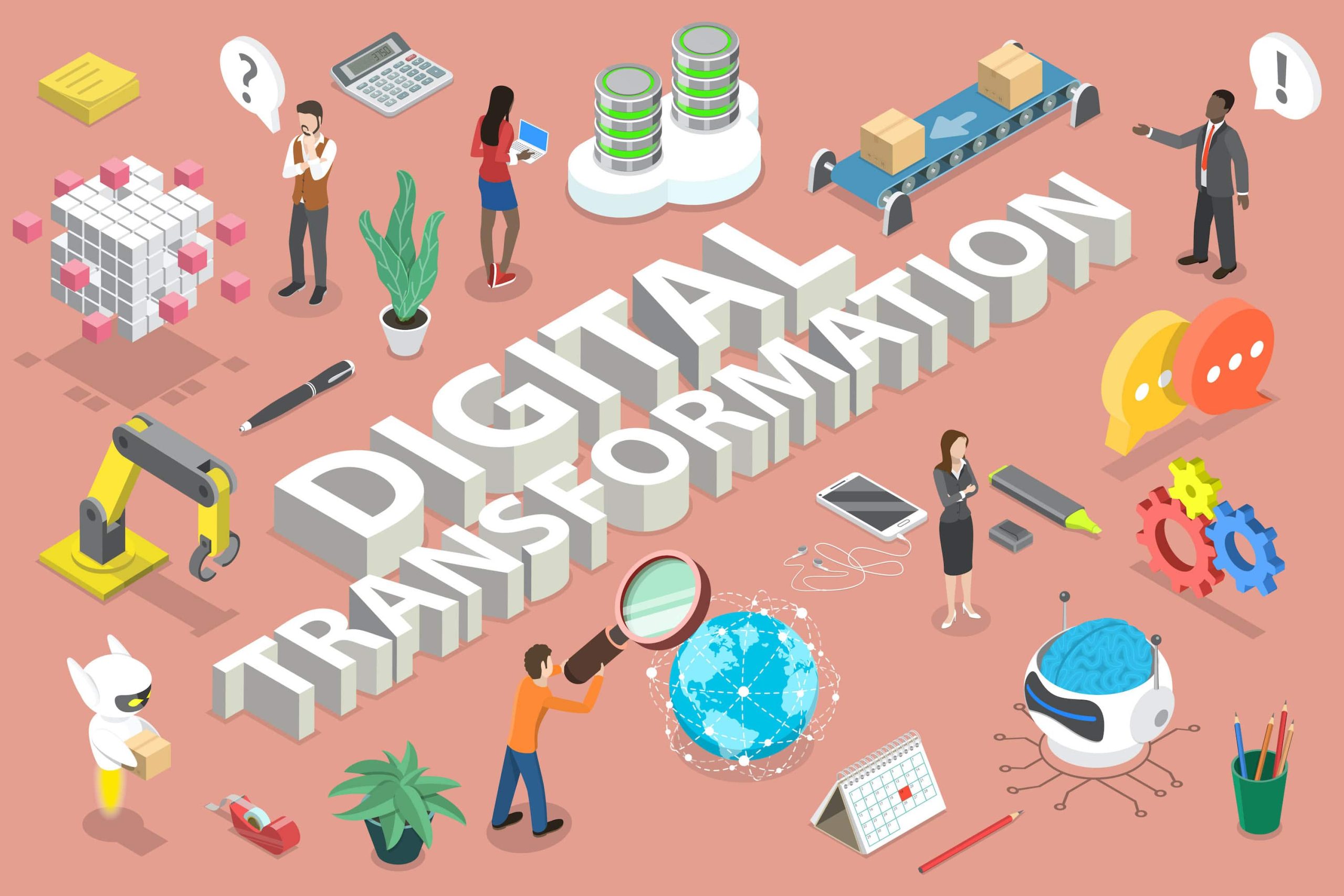A Deloitte Insights report describes the economic effects of the pandemic as “a case of acute disruption,” noting that COVID-19 accelerated digital transformation as a matter of necessity. There have been many downstream effects, including widespread adoption of new martech tools to handle digital outreach. The question is, what happens once the virus is under control?
With hundreds of millions of vaccines administered in the U.S. already and millions more being deployed every day, there’s rising hope that the economy will fully reopen soon. B2B companies that shifted lead gen from customer-facing activities and events to digital channels are now starting to think about how they can add in-person meetings and gatherings back into the mix.
Still, there’s strong momentum for digital campaigns, and analysts expect the digital spending trend in marketing to continue. Marketers will need to reconcile those two forces in the coming months. The best way to move forward in a time of uncertainty is to stay nimble, and when the economy starts to reopen and in-person events are a thing again, avoid falling into the digital transformation trap.
Lack of Information Is the Real Trap
Digital transformation — one of the most persistent buzzwords of the last several years — is suddenly a reality rather than a hoped-for future state, due to the pandemic’s accelerating effect. Lockdowns and social distancing protocols radically changed the way many marketing and sales teams do business, particularly in the B2B world.
The time is fast approaching for marketers and their sales colleagues to reevaluate these new ways of doing business. It will be a challenge because of the unprecedented nature of the circumstances in which they made business changes. They can (and should!) look at historical data when it’s time to think about adding in-person events, but it’s important to keep in mind that the marketplace has changed as well.
The real trap isn’t digital transformation, which can be a great thing for marketing operations when digital outreach is managed correctly. The trap is lack of information. It’s tough to invest wisely in face-to-face meetings and events and figure out which digital campaigns should be launched or renewed unless you have credible performance data.
Take Calculated Risks, Evaluate and Learn
The 80/20 rule is widely applied to so many situations, including experimentation in marketing. To keep a marketing mix fresh, it’s a good idea to maintain an 80/20 ratio of tried-and-true campaigns vs. experimental outreach. But to avoid throwing money at campaigns that don’t generate sufficient returns, you’ve got to measure results in terms of lead gen success and investment efficiency.
That was true before COVID-19 upended marketing budgets, and it’s even more important now that many B2B marketers are working with reduced budgets. As you start to add in-person events back into your marketing mix, consider treating them as experimental. If you’ve got visibility into funnel metrics, you can maximize lead gen efficiency by monitoring volume, velocity and conversion rates and determine whether the campaign is moving leads through the pipeline at the pace you need.
With funnel metrics to help you generate leads efficiently and campaign attribution tools (for digital marketing and events) to help you invest efficiently, you can take calculated risks in the post-pandemic era, evaluate your results and learn from each experience. Data can help you operate and invest efficiently, which is the best way to avoid any surprises as you move toward the next version of normal.
Top 10 Reports Your CMO Wants from Digital Marketing
Show your CMO how your digital marketing efforts influence revenue.



